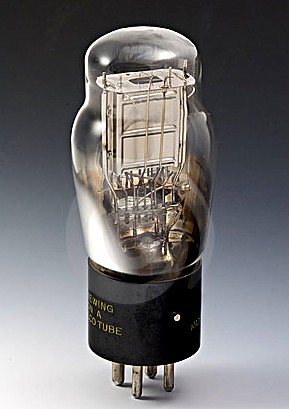EMI: Another One Bites the Dust
14 December, 2011 by Mike Paterson
 Last
month saw the demise of yet another of Britain’s former industrial
giants. Sony Corporation and Universal Music Group bought the only
remaining shiny jewels off the corpse of what was once the mighty EMI
Group, for almost 80 years a world leader the fields of music recording
and publishing as well as electronic research, development and
manufacturing. At its height in the 1960s, EMI employed 14,000 people at
its 150 acre Blyth Road headquarters in Hayes, Middlesex.
Last
month saw the demise of yet another of Britain’s former industrial
giants. Sony Corporation and Universal Music Group bought the only
remaining shiny jewels off the corpse of what was once the mighty EMI
Group, for almost 80 years a world leader the fields of music recording
and publishing as well as electronic research, development and
manufacturing. At its height in the 1960s, EMI employed 14,000 people at
its 150 acre Blyth Road headquarters in Hayes, Middlesex.It is sadly ironic that this year marks the centenary of the Blyth Road plant and the 80th anniversary of the founding of EMI itself, in March 1931.
But re-wind to 1897 when gramophone inventor, the German Emile Berliner, founded the Gramophone Company in London. Among the firm’s early artists were Nellie Melba and Enrico Caruso. In 1899 the Gramophone Company adopted the iconic picture of His Master’s Voice by British painter Francis Barraud as a trademark logo. But first they asked him to change the image of the gramophone from a cylinder format to their own disk format. Adverse business conditions during the Depression caused the Gramophone Company to merge with its rival Colombia Phonograph Company in 1931, forming Electric and Musical Industries (EMI).
By this time the company had been operating out of its Hayes HQ for some 20 years. The next several decades saw it become a huge operation as it scooped up – and made deals with – existing successful labels. EMI acquired Parlophone and Capitol, and established licensing agreements with RCA Victor, Columbia and Tamla Motown giving it an astonishing roster which included: Frank Sinatra, Dean Martin, Cliff Richard, Elvis Presley, Adam Faith, The Beach Boys, the leading Tamla Motown artists and – most famously of all – the Beatles. By the time it signed Robbie Williams and the Spice Girls in the 1990s, EMI had also acquired Virgin Music and in the 1970s taken on Pink Floyd, Queen and Deep Purple.
The other arm of its music business was publishing. From its earliest days EMI Music Publishing steadily purchased music catalogues making it a world-leader with a massive revenue stream through royalties.
So far, so glam. For many, the more interesting part of the EMI business was its research and development. Effectively founded by the inventor of the gramophone, the Blyth Road laboratories were instrumental in developing early television technology and made a crucial contribution to the invention of radar during World War II. During the same period, legendary engineer Alan Blumlein invented stereophonic sound although it took several decades before the technology took off. The labs were subsequently heavily involved in the invention of electronic tape and transistor era computing. But the biggest achievement of all was probably the invention of the CT-scanner in the early 1970s. It soon became known as the EMI Scanner and its inventor, EMI engineer Sir Godfrey Hounsfield jointly won the Nobel Prize in 1979 for his work. Story goes that the EMI Scanner’s ultimate failure commercially was due to American hostility resulting from EMI Records having the Sex Pistols on its roster. EMI dropped the punks from the label, but too late. One can’t help wondering whether this story has a whiff of Concorde about it, that is to say “Not Invented Here”.
So where did it all go wrong for this massively successful British company? Well, it’s complicated, and this sort of thing is not my forte. But classic things. The organisation had become too bloated globally with duplication among a huge number of business units; it was over-reliant on its music publishing assets relying on momentum from these with “Best Of…” releases while its current crop of artists were not being profitable; it didn’t understand, appreciate or quickly adopt new music distribution and monetisation offered by the Internet. In 2006/2007, EMI sustained a £260 million loss, a situation likely to get worse not better. The group was picked up by private equity firm Terra Firma for £3.2 billion (!), but despite urgent cuts, rationalisations and divestments there was no saving the group when many of its key artists turned their back on the label, among other problems. Many may celebrate a private equity company getting a bloody nose, but the upshot of all this is the final demise of a once-great British company. For a better analysis of what went wrong at EMI, read this piece in the Telegraph from January 2008, by former Virgin Music employee Robert Sandall.
(all material from http://londonhistorians.wordpress.com/2011/12/14/emi-another-one-bites-the-dust/)




No comments:
Post a Comment